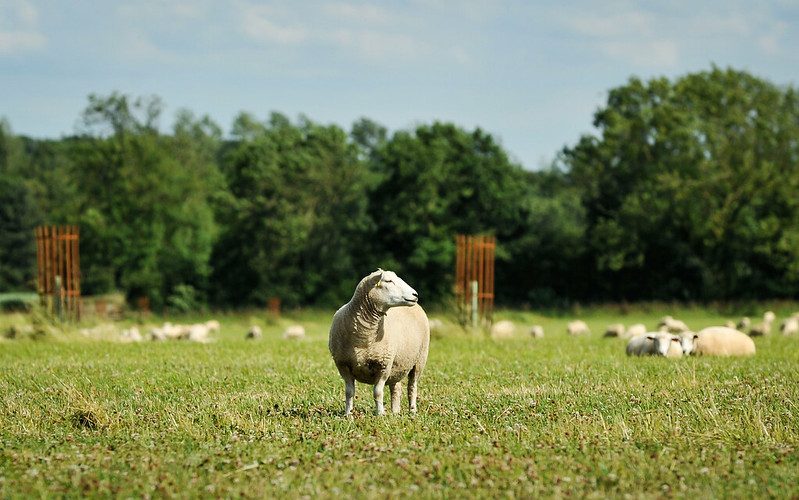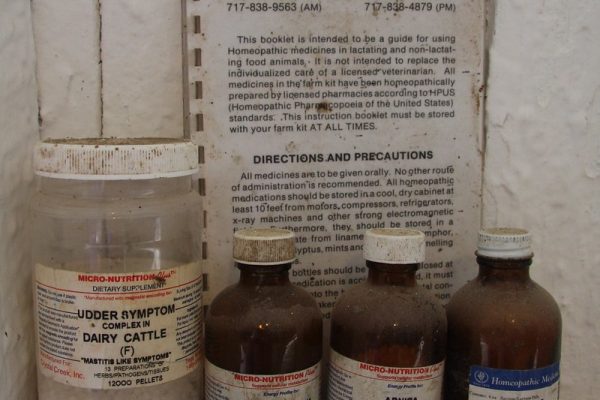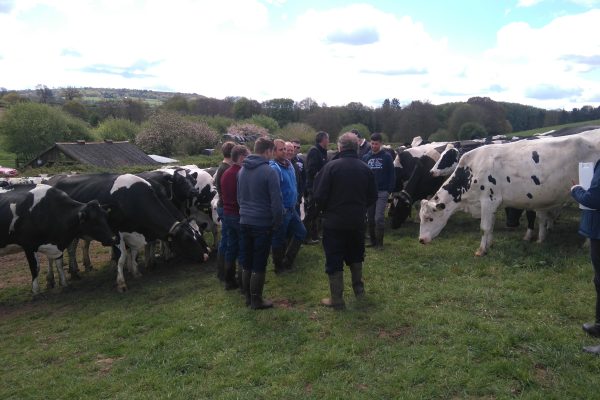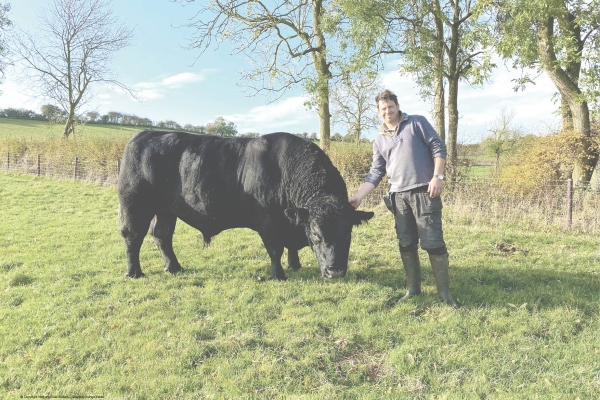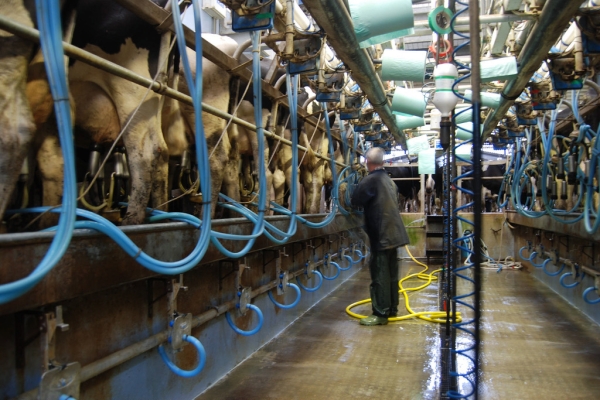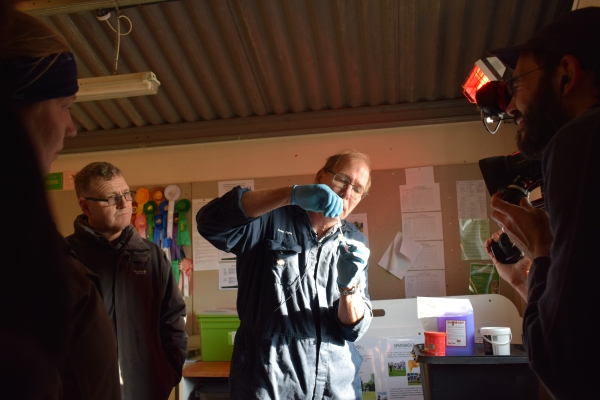Can we manage our farms sustainably without reliance on antibiotics – do we need a radical rethink?
It may be that in the past we have become a little used to being able to reach for a bottle to tackle some of our continued disease problems in farming, but in the future we will need to approach these challenges with a wider toolkit and an open mind…
Of course we all like ‘magic bullet’ solutions which allow us to do one thing and solve the disease problem without a further thought, but some of the most challenging diseases still present on our farms will no doubt require a more joined up and intelligent approach. These diseases are often complex in the way they spread and highly prevalent which has made controlling them difficult and in some cases we have become accepting of disease being the norm.
Coming at it from a sustainability perspective, diseased animals are generally not productive ones so there are usually sound economic reasons for dealing with disease alongside the ethical and environmental dimensions. In the case of bacterial disease we in farming have really been under the microscope for our use of antibiotics – and quite rightly so. The links between animal use and resistance in humans can be hotly contested, but I believe that if we want to conserve their use for the future in both humans and animals then it is all of our responsibility to look hard at our current practices and make any changes we possibly can.
At FAI we have championed a holistic approach to tackling disease, which appraises scientific knowledge alongside practical experience of innovative farmers to come up with actionable plans. The best known example is the work we have done to tackle lameness in sheep. Over 90% of lameness is caused by the bacterial disease foot-rot or scald, which is spread sheep-to-sheep via the ground surface and can grumble along causing levels of 5 – 10% lameness in a flock and can easily affect upwards of 20% of sheep during high risk times over the summer and during winter housing. At these levels it is likely to be costing a farmer £10 per ewe in the flock.
There aren’t many sheep farmers who won’t tell you that lameness is a costly and time consuming disease to deal with but until recently it seemed like an impossible disease to truly control. We developed the ‘5 Point Plan‘ for tackling lameness as a direct response to our own struggles with the disease in our 1200 ewe flock, and successfully reduced lameness levels to less than 2% within 6 months and for the last 4 years we have seen levels of less than 1%. Our antibiotic use in the sheep flock decreased by 92% in the first year, which represented a total cost saving of over £8000.
An increasing number of farmers are adopting the ‘5 Point Plan‘ and achieving similar success. It has taken a mind shift change but is proving that with a bit of lateral thinking it is possible to shift the focus away from treating diseased animals towards building resilient and immune flocks with minimal disease challenge.
So do we need a radical rethink or are we on the right track? I think our appreciation of sustainable farming has been a bit of a radical rethink in many ways but we may need to up the anti. In general we are less accepting of disease, poor welfare and inefficiency and we should continue to challenge the status quo and ask ourselves where we can improve.
Wouldn’t it be great if we didn’t routinely see lame sheep out in the countryside? Apart from the obvious welfare benefit to the sheep, imagine the costs savings for each individual farmer and the total reduction in antibiotic use in the sector – now that would be something to be proud of. In the grand scheme of things it seems small, just one disease and just one species but it would be a big win for sheep farming and I am certain there are plenty of other opportunities in other sectors to apply some similar thinking, change our practices and achieve some pretty big steps forward.
Dr Ruth Clements (BVM&S MRCVS) is Head of Veterinary Programmes at FAI Farms.
